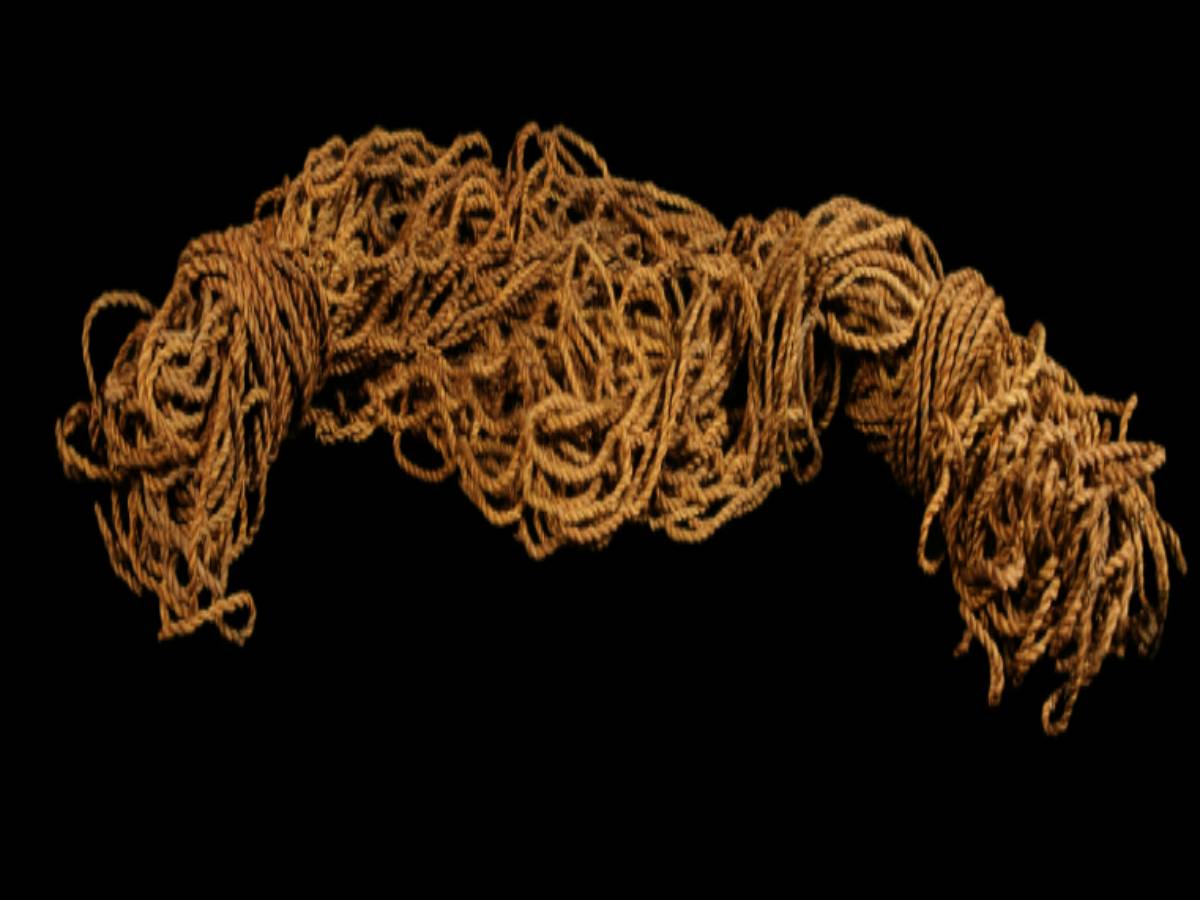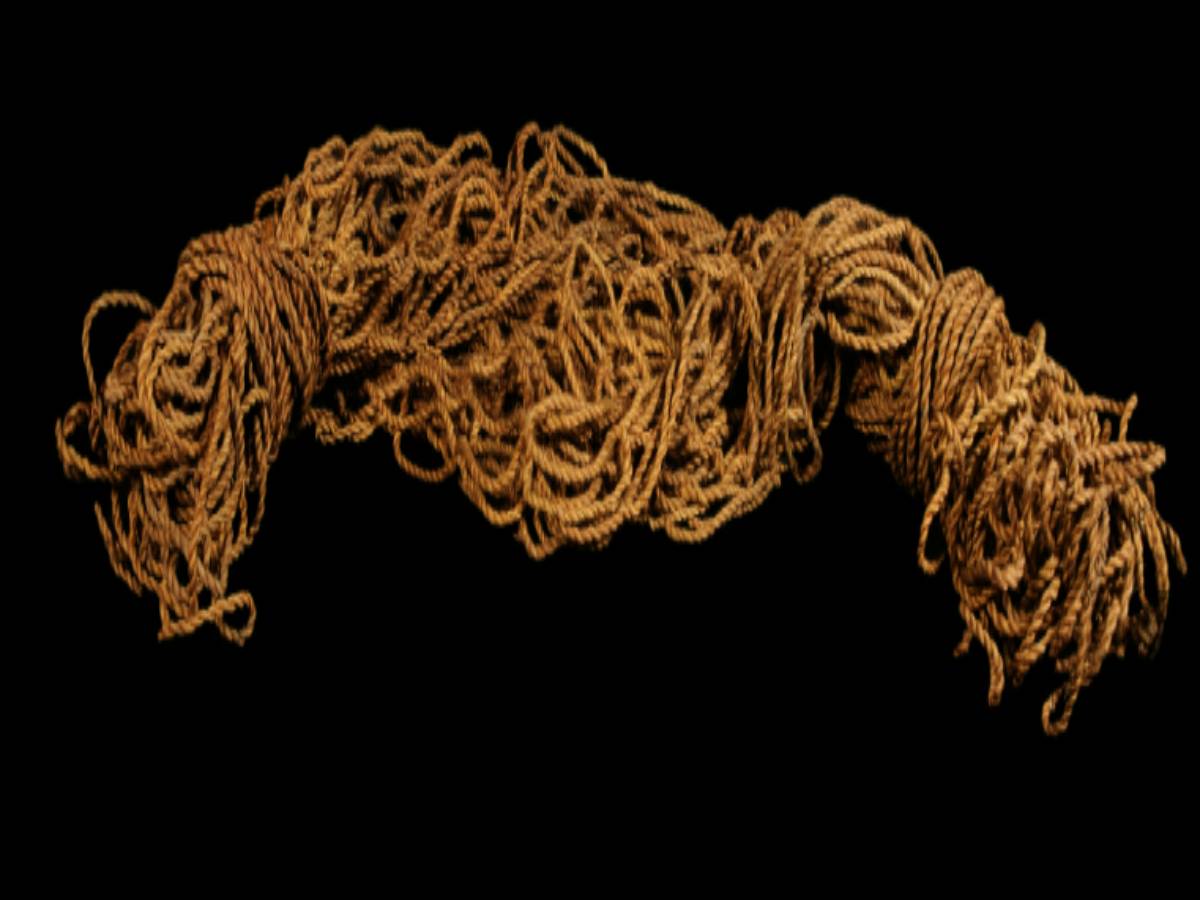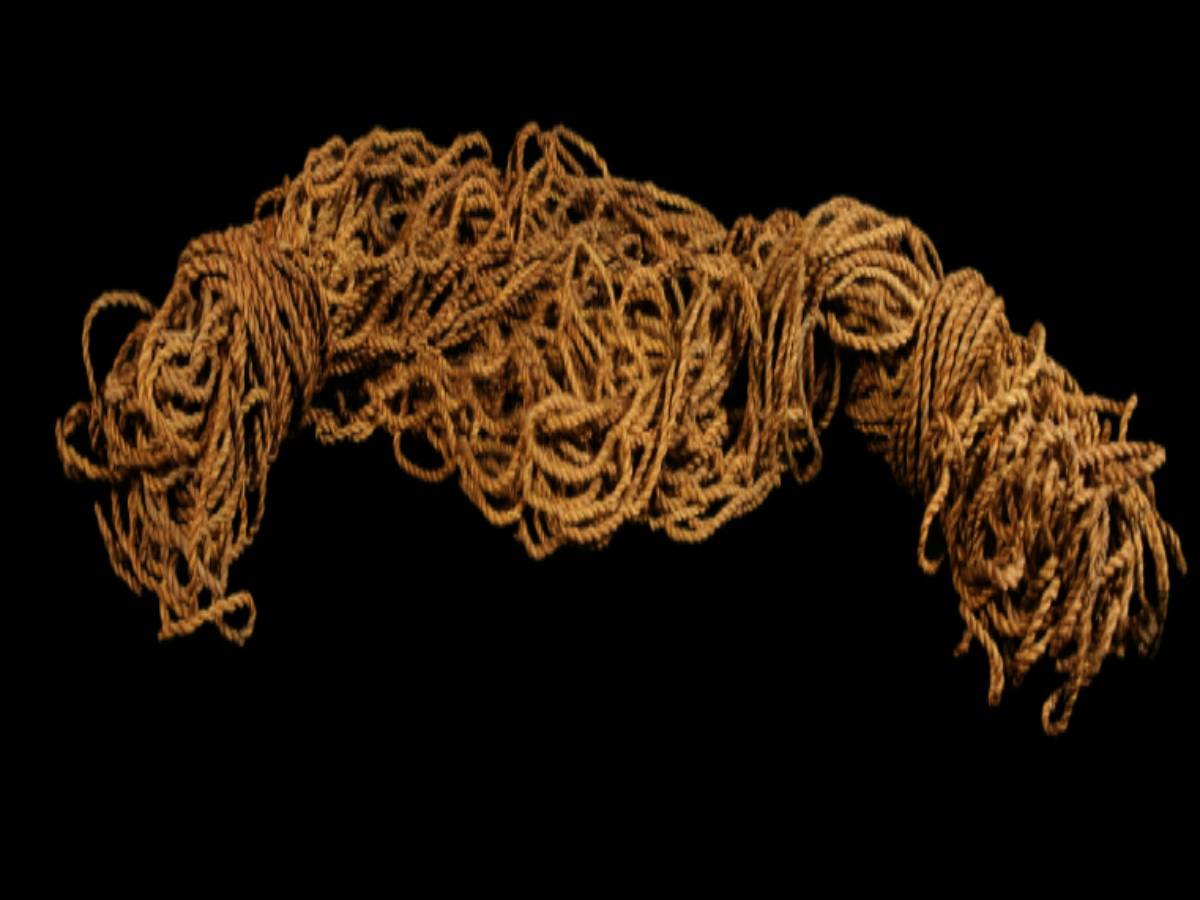State
Tribe Name
Art Type
short description
Hunting nets known as Mai-Chak Jal are made and used by the Rabha tribe of Northeast India. These stylish nets are a blend of craftsmanship and a means of survival ingrained in the tribal cultural heritage. Primarily made from twisted jute ropes, this net is of elongated shape intended for the hunting of deer. The uniqueness of this net is relative to the other ends on which a long rope has been fastened; hunters use this to hold and operate the net during the chase. The Rabha people are original inhabitants of the land who primarily reside in Assam and parts of West Bengal and Meghalaya. Historically, they have depended on the forest for their living. Although present-day hunting, due to legal prohibitions and changing lifestyles, has lost much of its significance in their livelihood, hunting used to sustain their livelihood.
Thumbnail

Filter Postion
Left
Filter Background
Off
Theme
Filter Header Image

content
Image

description
Hunting nets known as Mai-Chak Jal are made and used by the Rabha tribe of Northeast India. These stylish nets are a blend of craftsmanship and a means of survival ingrained in the tribal cultural heritage. Primarily made from twisted jute ropes, this net is of elongated shape intended for the hunting of deer. The uniqueness of this net is relative to the other ends on which a long rope has been fastened; hunters use this to hold and operate the net during the chase. The Rabha people are original inhabitants of the land who primarily reside in Assam and parts of West Bengal and Meghalaya. Historically, they have depended on the forest for their living. Although present-day hunting, due to legal prohibitions and changing lifestyles, has lost much of its significance in their livelihood, hunting used to sustain their livelihood.
The Rabha clearly possess a thorough understanding of the environment of the forest and the behavior of animals. The net itself is usually set up along certain tracks through the forest or open places that deer frequent, giving hunters the opportunity to capture the animal without shooting it with a modern-day weapon. While indeed, such implements have now become more of a cultural symbol and are slowly disappearing as tools for actual hunting in the face of conservation laws and the impact of modernization, they certainly do continue to play a major cultural role; they are now exhibited in museums, cultural exhibitions, and tribal festivals for the education of the younger generations and preservation of traditional knowledge.
The Rabha clearly possess a thorough understanding of the environment of the forest and the behavior of animals. The net itself is usually set up along certain tracks through the forest or open places that deer frequent, giving hunters the opportunity to capture the animal without shooting it with a modern-day weapon. While indeed, such implements have now become more of a cultural symbol and are slowly disappearing as tools for actual hunting in the face of conservation laws and the impact of modernization, they certainly do continue to play a major cultural role; they are now exhibited in museums, cultural exhibitions, and tribal festivals for the education of the younger generations and preservation of traditional knowledge.
Image Mode
landscape
promoted
Off
Verified
Off
